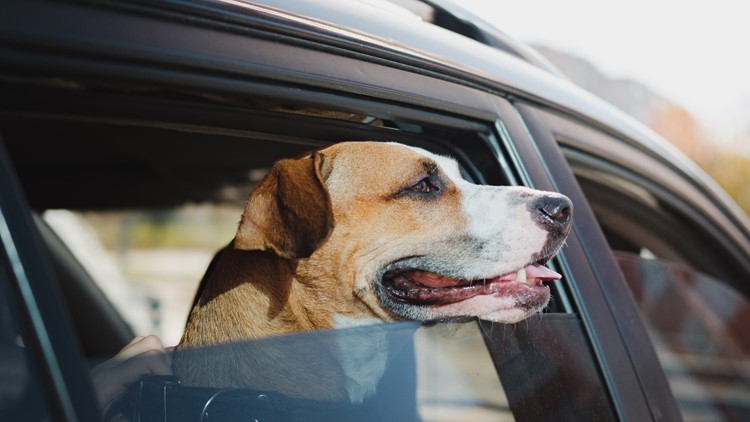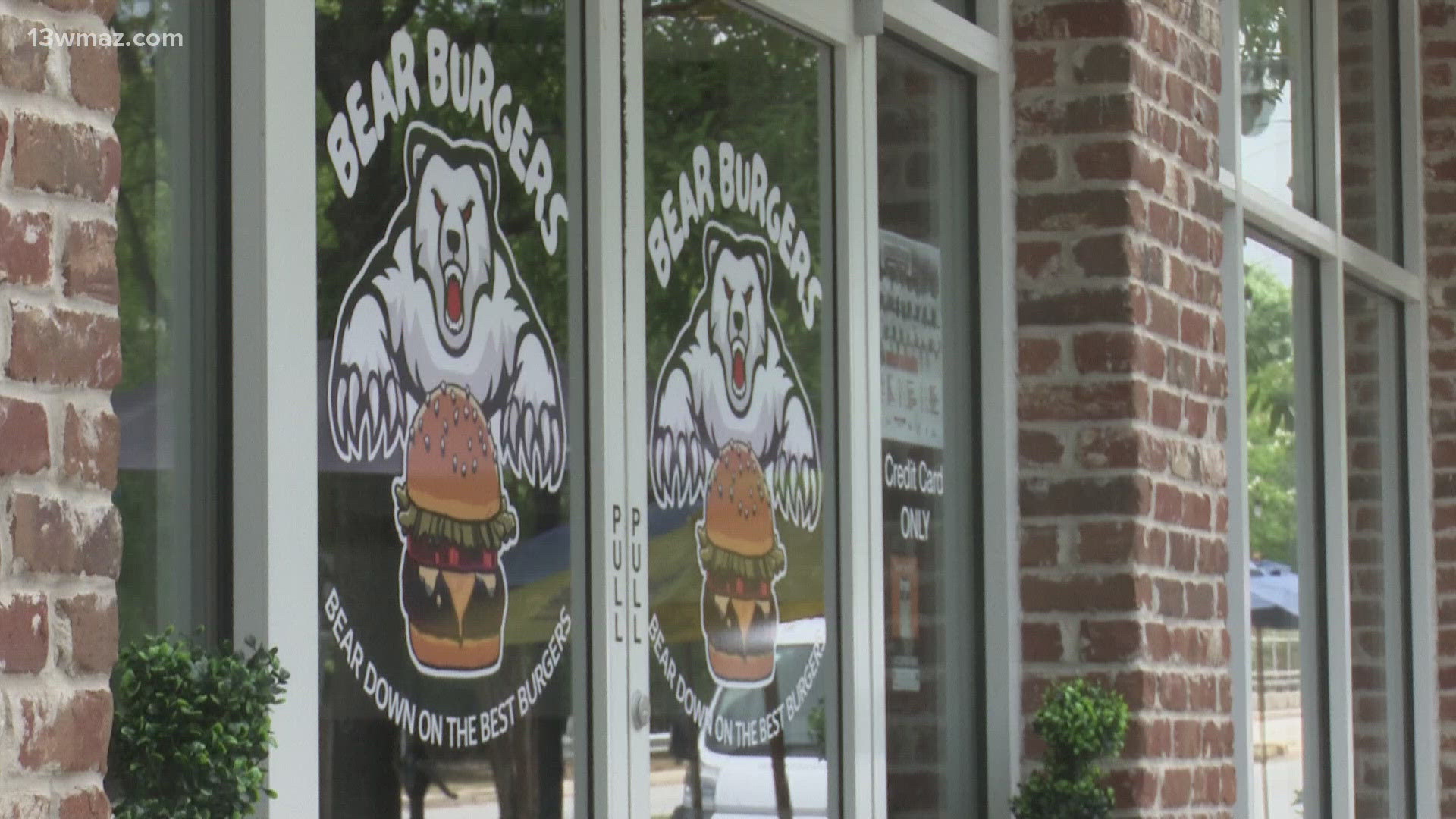GRAND RAPIDS, Mich. — As a heat wave settles into West Michigan for the next week, the Michigan Department of Agriculture and Rural Development (MDARD) is sharing how you can keep your pets cool, safe and healthy despite the heat.
Beginning Monday, temperatures are expected to stay in the 90s with high humidity, leading to feels-like temperatures in the triple digits. We aren't likely to see a slight cooldown until Sunday, June 23.
"When temperatures rise, keeping animals cool and hydrated is essential to their overall health," said State Veterinarian Dr. Nora Wineland, DVM, MS, DACVPM. "While it is important to recognize the signs of heat stress in animals, it is even more critical to prevent this stress from occurring. Michiganders can follow six easy steps to help keep animals cool and safe."
You should keep these tips from MDARD in mind as you head outside with your pet:
- Provide unlimited cool, clean, fresh water: Just like people, animals can quickly get parched in hot temperatures. No matter the species, animals should have access to unlimited cool, clean, fresh water to prevent dehydration. Also, if out in public, bring along some hydration options for your animal and avoid using shared/communal water bowls.
- An animal’s ability to tolerate heat varies: An animal’s age, breed, type of coat, and health history can all play a role in their ability to tolerate the heat. Keep an eye on them for signs of heat stress—like increased panting or drooling and being more lethargic. If they are showing these signs, it is time to immediately move them to a cooler area.
- Test surfaces to make sure they won’t burn paws: Surfaces like asphalt, concrete and sand can really heat up in the sun, which can burn paws—or at least make a walk very uncomfortable. To test if a surface is too hot, touch it with the palm of your hand. If it is too hot for you, consider taking a different route that is mostly grass or waiting until the evening when everything has had a chance to cool.
- Avoid harmful algal blooms (HABs) in bodies of water: HABs form due to a rapid growth of cyanobacteria, also called blue-green algae, which are naturally found in lakes, rivers, and ponds. To prevent illness in animals, keep them out of areas with scums or discolored water, rinse them off after contact with any lake water, and bring clean, fresh water for them to drink. If an animal becomes sick after contact with a suspected HAB, call your veterinarian right away.
- Parked vehicles are not places to park pets: Even when temperatures feel more moderate, vehicles can heat up very quickly, creating dangerous conditions for the animals left inside. Leaving windows cracked open and/or parking in the shade do little to improve the situation. In these conditions, it is best to leave pets at home when you need to go out and about.
- Make sure animals have a place to cool down: Animals know when they are too hot and will usually try to find a place where they can cool down. Make sure they have access to shade, fans, misters, pools, cooling mats, and/or air-conditioned spaces to help them stay comfortable.
You are also encouraged to talk with your vet to best understand how the heat might impact your individual pet.
►Make it easy to keep up to date with more stories like this. Download the 13 ON YOUR SIDE app now.
Have a news tip? Email news@13onyourside.com, visit our Facebook page or Twitter. Subscribe to our YouTube channel.
Watch 13 ON YOUR SIDE for free on Roku, Amazon Fire TV Stick, and on your phone.



